There are four films eligible for Best Picture consideration in 1952 that are still highly regarded today. Two of them, The Quiet Man and High Noon, were indeed nominated. The other two, Singin’ in the Rain and Rashomon were not.
The Quiet Man was John Ford’s labor of love that he tried to make for years but couldn’t get financing for until Republic’s Herbert Yates stepped up to the plate and agreed to make it if Ford would make a western for the studio first. So, with his two Quiet Man stars, John Wayne and Maureen O’Hara, Ford made Rio Grande, a film that is pretty good in its own right.
The Quiet Man was shot on location in Ireland and wowed contemporary audiences with its travelogue level beauty as well as its simple, yet charming story of a retired boxer returning to his homeland. The film went on to be nominated for seven Oscars and won two, including Ford’s fourth for Best Director.
High Noon, with its screenplay by blacklisted Carol Foreman, has come to be regarded as an allegory against HUAC (the House Un-American Activities Committee) but that’s largely revisionist thinking. Foreman hadn’t even been called before the committee when he wrote the script based on the short story “Tin Star” written before the committee even came into being. John Wayne, who years later would renounce the film, had no such misgivings about it at the time, even standing in for Best Actor winner Gary Cooper at the Oscars. It won four out of its eight nominations.
Singin’ in the Rain, long since regarded by many as the screen’s greatest original musical had two things going against it as far as the MGM brass was concerned. Their previous year’s Gene Kelly musical, An American in Paris had surprisingly won Best Picture over A Streetcar Named Desire and A Place in the Sun, and they knew lightning wasn’t going to strike twice in the same place. Two musicals with the same star couldn’t possibly win two years in succession. Moreover the film had been released early in the year and had already made its money back. They were more interested in promoting the costly Ivanhoe, which became the studio’s Best Picture candidate along with two other nominations.
Rashomon had won a special Oscar the year before when it was first shown in the U.S. (New York City), but was eligible for consideration in all regular categories this year because of its Los Angeles engagement. It was, in fact, nominated for its Art Direction.
Having narrowly missed a Best Picture nomination with the prior year’s The African Queen, John Huston against rush released a film into last minute Oscar consideration but this time hit pay dirt with Moulin Rouge. Nominated for a total of seven, it won two.
The year’s biggest moneymaker, The Greatest Show on Earth was the fifth nominee with a total of five nominations. It inexplicably won the Best Picture award over High Noon and The Quiet Man.
What, though, would have been the other five nominees in a ten Best Picture scenario?
Best Director nominations matched Best Picture nominees four out of five with Ford, Huston, Fred Zinnemann (High Noon) and Cecil B. DeMIlle (The Greatest Show on Earth) all in the running. The fifth nominee was Joseph L. Mankiewicz for Five Fingers.
Fox, which was shut out of the Best Picture race, might have had three nominees. In addition to Five Fingers with its two nominations, no wins, it had the even more popular With a Song in My Heart and Viva Zapata! in the running with five nominations and one win each.
MGM’s The Bad and the Beautiful with six nominations and five wins would certainly have been nominated as well.
I suspect Singin’ in the Rain (two nominations, no wins) would have bagged the last slot.

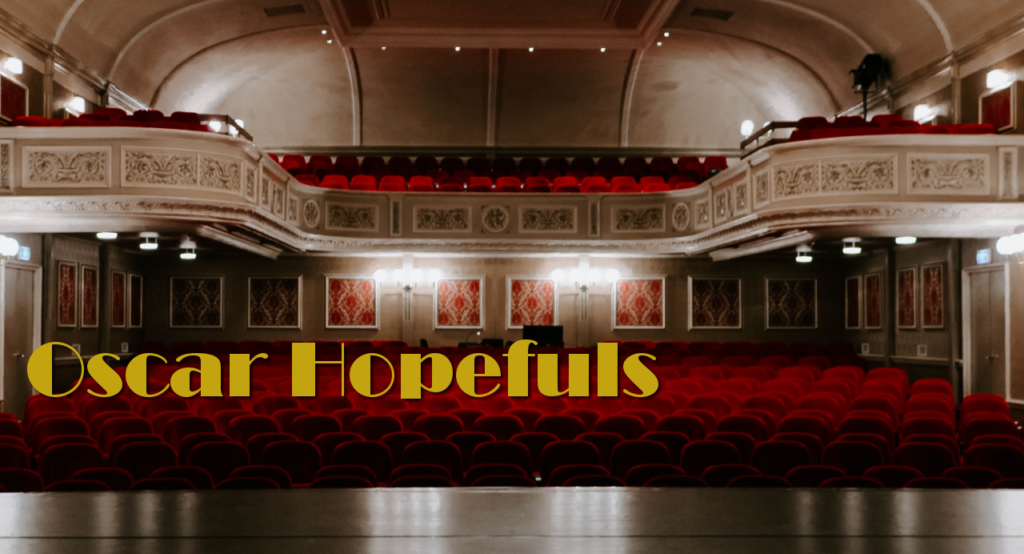



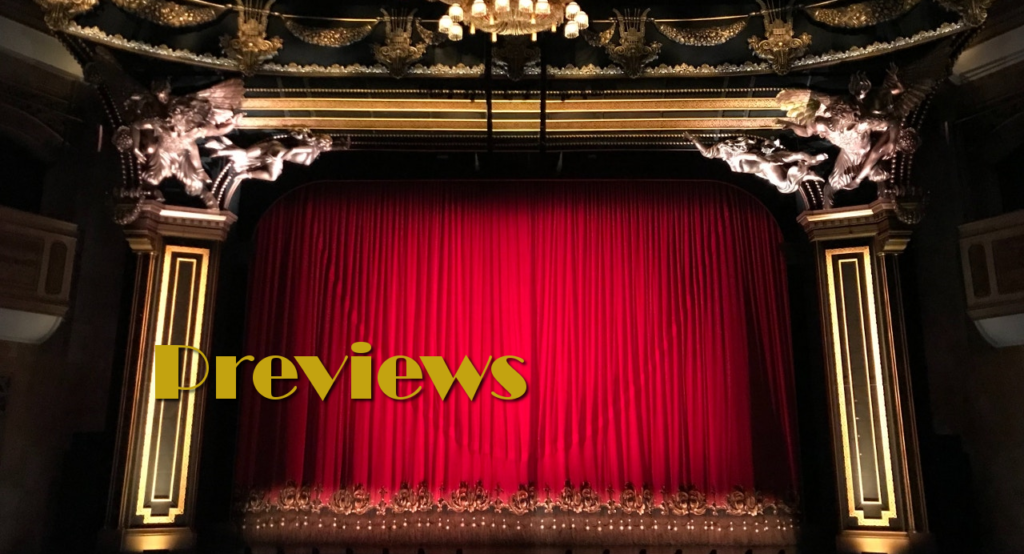


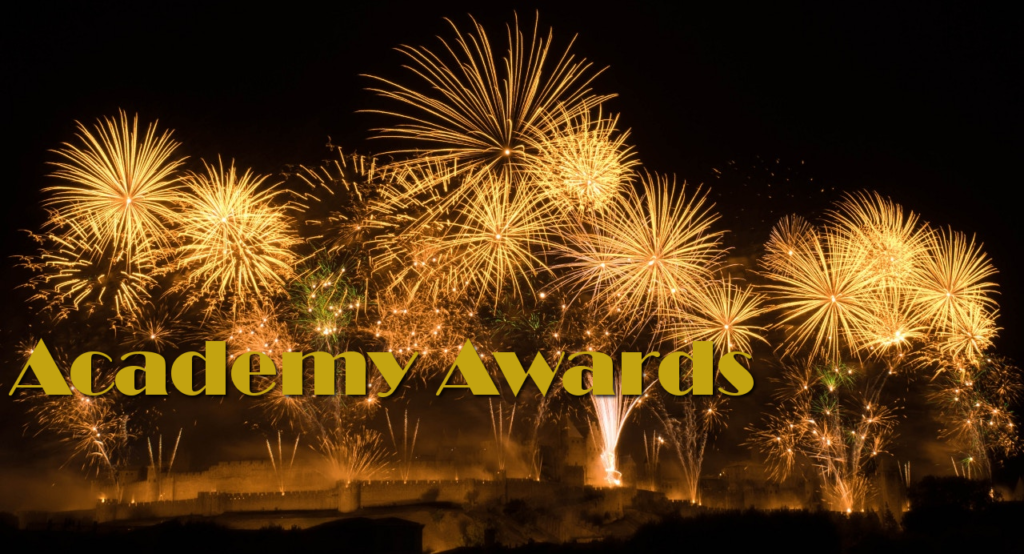





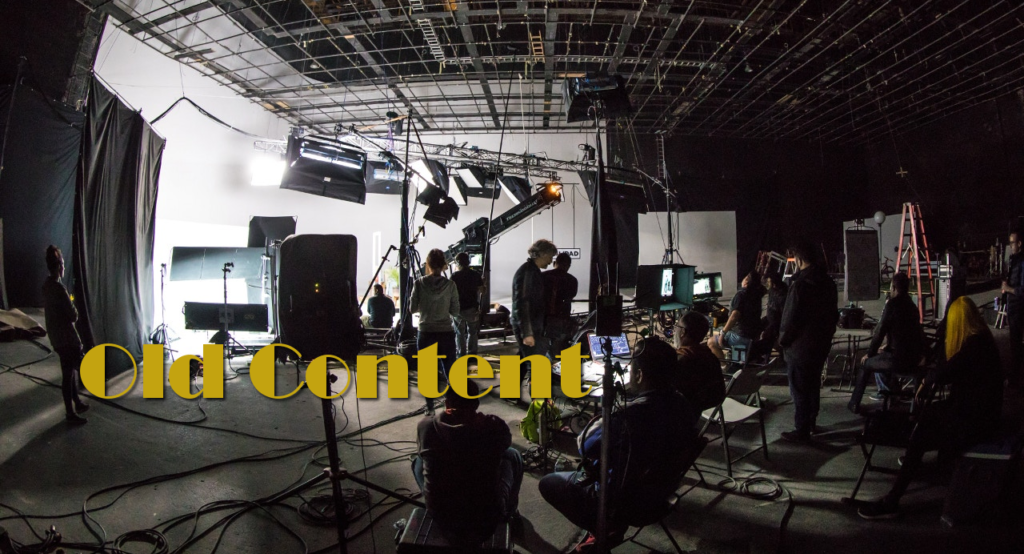
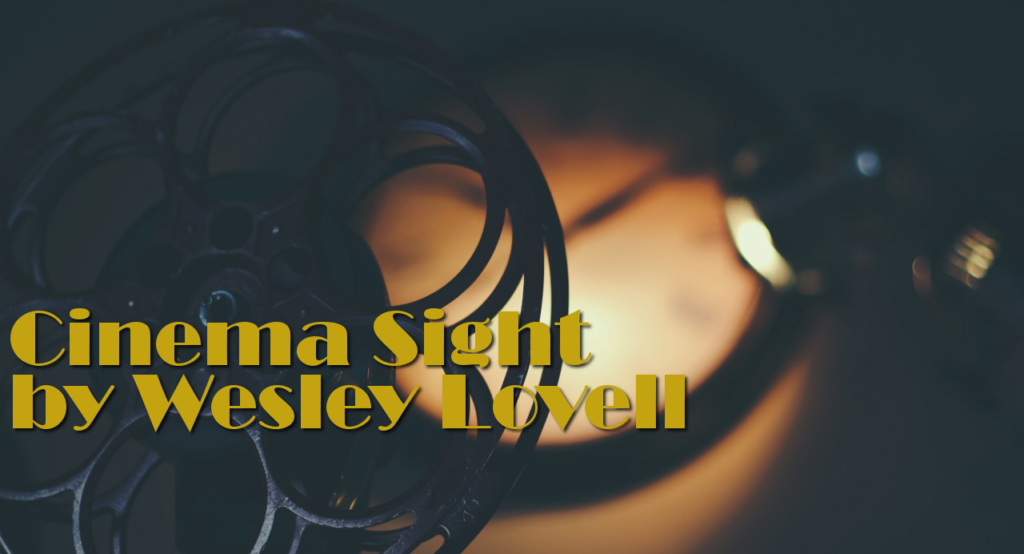


Leave a Reply
You must be logged in to post a comment.